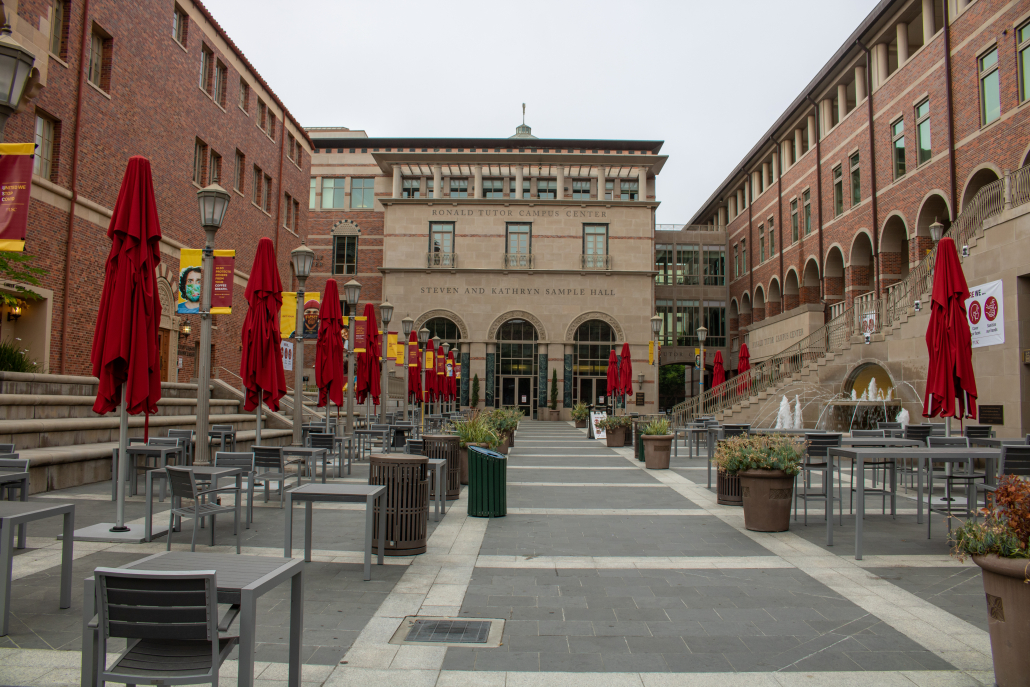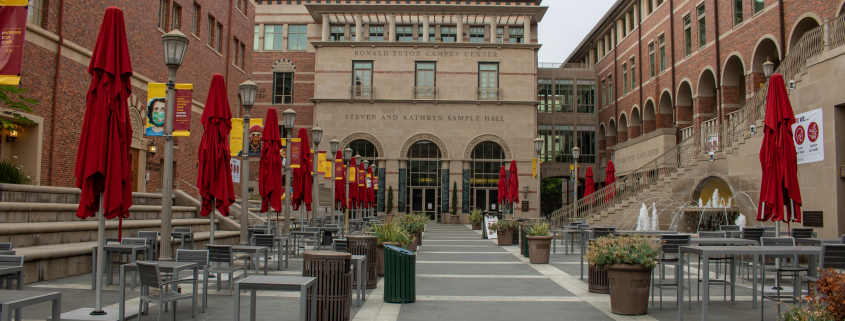University pilots contact tracing program, libraries increase capacity

As of April 1, the University is piloting “Tap for Tracing” as a form of contact tracing, Chief Health Officer Dr. Sarah Van Orman announced in a University-wide email March 30. Students are able to tap their University ID card when they arrive at one of the five designated locations on campus to ensure they will be notified within 24 hours if someone who was also in that location tested positive for the coronavirus.
The five locations where “Tap for Tracing” will be offered include Seeds at the Ronald Tutor Campus Center, the McCarthy Lawn dining tent, Rosso Oro’s, Seaver Hall located on the Health Science Campus and the transportation tram.
“We try to categorize them as being-high risk contacts, low-risk contacts, or what we call general notification,” Van Orman said in a media briefing Thursday. “We have that obligation from a legal standpoint, but also from a public health and an ethical standpoint.”
According to Van Orman, the University is working under the guidelines that high-risk exposure entails coming in contact with someone within six feet for over 15 minutes who tested positive. Alternatively, low-risk exposure might mean coming in indirect contact with someone, due to social distancing measures in place, in the vicinity who tested positive. At the current stage, study canopies, slowly reopening libraries and recreational sports offer lower risk, according to Van Orman.
As campus access continues to increase, the University is making sure that what it offers adheres to safety guidelines and allows for students to socially distance. On-campus libraries have increased to 50% capacity as of April 1.
According to a Los Angeles Public Health press release Tuesday, Los Angeles County has met the threshold for the state’s orange tier, allowing for less restrictive in-person activities including an increase in indoor capacity. The new county guidelines are set to go into effect Monday.
Although L.A. County moves to enter the orange tier, USC has yet to announce any new developments with campus reopenings and activities. However, Van Orman said she anticipates additional changes for higher education institutions.
Forty-six students and six employees tested positive for the coronavirus between March 21 and March 27, according to the USC COVID dashboard. The slight increase continues as the result of off-campus transmissions and traveling among the student population, Van Orman said. As cases appear to be plateauing this week, Van Orman encourages students to continue testing — once a week for graduate students and twice a week for undergraduate students — regardless of if they received vaccinations.
“[Student case transmissions are] part of why we need to be vigilant with our on-campus activities,” Van Orman said. “There’s a potential that people coming to those may be infected so we’re watching our student cases closely.”
As of April 1, individuals over the age of 50 are now eligible for the vaccine and those over the age of 16 will be eligible beginning April 15, California officials announced March 25.
With vaccines more readily available, Van Orman said she hopes students feel comfortable enough to ask Student Health questions. As the semester comes closer to an end, she recommends students get their vaccine as quickly as possible prior to traveling this summer.
“I encourage any student who has questions about the safety … just contact us, do some reading,” Van Orman said. “We want people to start to feel comfortable about it, make sure they have their questions answered and we can really get the word out about the importance of vaccines.”

